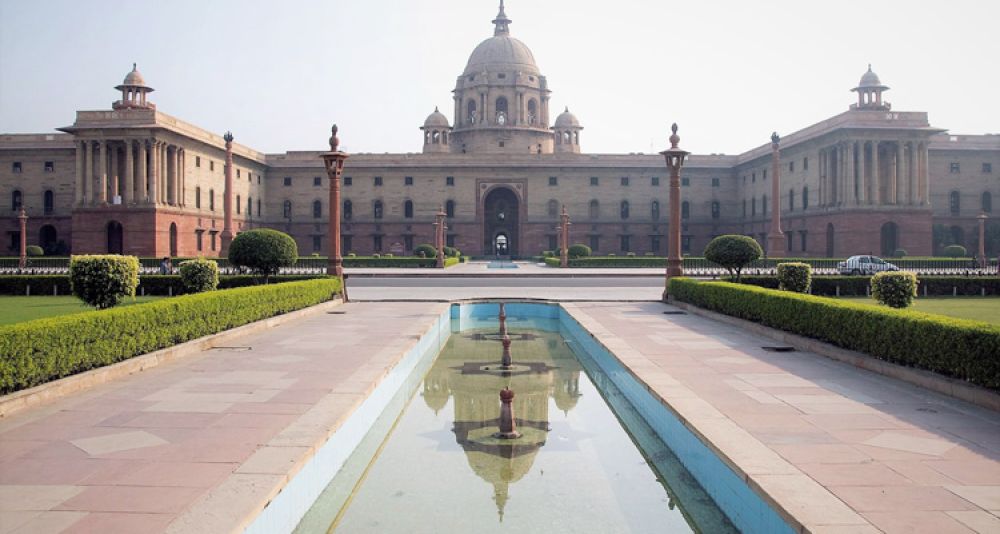

The Rashtrapati Bhavan in Delhi, the official residence of the President of India, stands as an iconic symbol of Indian democracy and heritage. Its tourism history can be traced back to the colonial era when it was constructed as the Viceroy's House during the British rule.
The palatial building was designed by the renowned British architect, Sir Edwin Lutyens, as the epitome of British imperial power. Construction of the building began in 1912 and was completed in 1929, becoming the centrepiece of New Delhi and an emblem of colonial dominance.
With India's independence in 1947, the Viceroy's House was rechristened as the Rashtrapati Bhavan and became the official residence of the President of India. Since then, it has played host to numerous state functions, ceremonies, and visiting dignitaries from across the globe. The transition from a colonial administrative hub to a symbol of Indian sovereignty marked an important phase in its tourism narrative, turning it into a must-visit destination for those looking to explore India's political legacy.
Although initially access was restricted, over the years, the Rashtrapati Bhavan has become increasingly accessible to the public. This move has demystified the workings of the Indian presidency and provided a boost to the tourism potential of the site. Today, visitors can explore the majestic Mughal Gardens, the grand pillars of the main building, and the richly decorated halls, bringing in thousands of tourists every year.
The latest trend in tourism at Rashtrapati Bhavan involves a more immersive experience. The introduction of a Circuit tour, which includes the Main Building, the Museums, and the Gardens, contributes towards an integrated cultural journey. The online booking system has streamlined the process, allowing easier access for both domestic and international tourists.
Additionally, a focus on sustainable tourism is evident in the maintenance of the Rashtrapati Bhavan and its gardens. The authorities have implemented practices to preserve the flora and fauna and ensure that the ecological footprint of tourism is reduced. Special cultural and educational events are also organized periodically, like the 'Change of Guard' ceremony, which have become a tourist attraction in themselves.
With these efforts, Rashtrapati Bhavan continues to maintain its status as a historical and cultural bastion of India, inviting visitors to delve into its rich past while observing the functions of a modern democracy.
Rashtrapati Bhavan's journey from a symbol of imperial authority to a beacon of Indian democracy has been extraordinary. It stands as a testament to India's historical transitions and democratic ethos. Its doors, which once admitted only the highest officials of the British Empire, are now open to the world, sharing a narrative of transformation and sustained cultural significance.